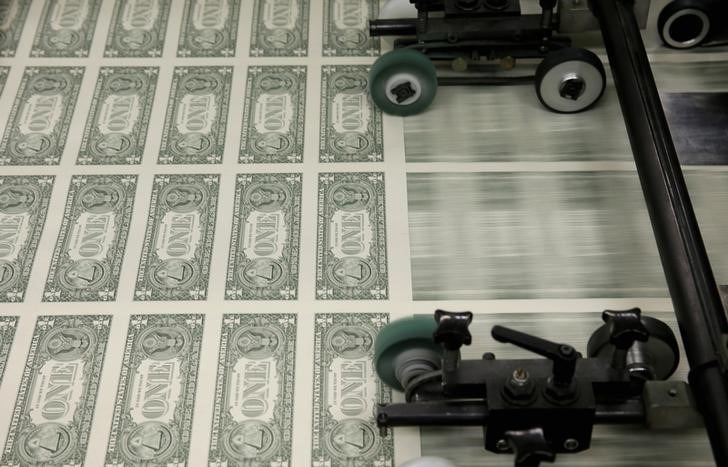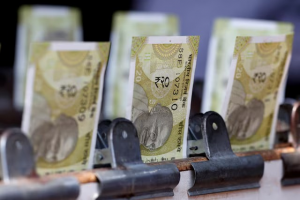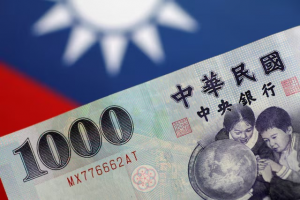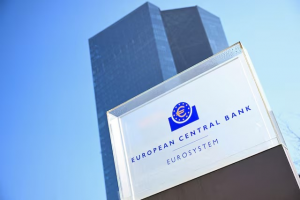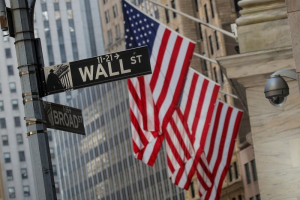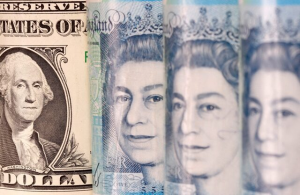Ongoing speculation of potential currency accords has become an increasingly dominant foreign exchange theme, according to Bank of America Securities, while fiscal policy is no longer the tailwind it once was for the U.S. dollar.
With the G7 Finance Ministers meeting underway, speculation is similarly running high on some form of statement on foreign exchange, and potential currency accords in particular, said analysts at Bank of America Securities, in a note dated May 22.
“This conversation has moved from the so-called “Mar-a-Lago Accord” to more bi-lateral talks,” said BofA Securities. “Actual and prolonged FX policy action still feels remote at this stage. Nevertheless, the U.S. administration is believed to want a weaker dollar, and that alone can impact sentiment.”
Given the developed market countries involved, the bar for meaningful policy change is exceedingly high. Actual currency accords among these countries at this time would be a big surprise, but the mere talk has thrown some cold water on already damp U.S. dollar sentiment.
“In the DM space any speculation of bi-lateral talk will most likely focus on US-Japan negotiations,” BofA added.
The naming of actual currency manipulators based on the U.S. Treasury report’s typical criteria remains unlikely.
That said, this administration has a tendency of aggressive action, and they could use the report to dial up the heat on some countries amid trade talks.
“We expect the report sometime in June,” BofA said.
Additionally, Congressional debate/voting around the U.S. President Donald Trump’s tax and spending bill has encouraged further term-premium to be built into the U.S. Treasury curve, as the deficit outlook deteriorates.
The U.S. dollar has increasingly traded lower along with the steepening U.S. Treasury curve, as the “sell U.S.” theme is persisting. Investors increasingly see U.S. fiscal policy as a headwind for the dollar.

